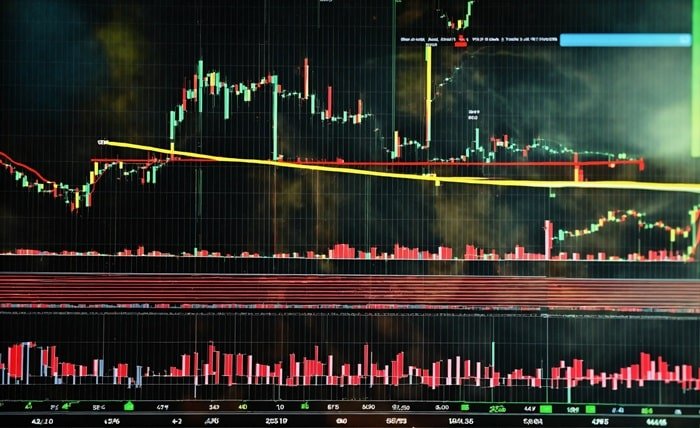The US dollar (USD) is the world’s dominant reserve currency, influencing global trade and finance. However, its value isn’t static. We delve into the US dollar forex rate, exploring factors affecting its fluctuations, how to track the rate and its impact on various aspects of the global economy.
What is the US Dollar Forex Rate?
The US dollar forex rate, also known as the foreign exchange rate, represents the value of the USD compared to other currencies. Here’s a breakdown of the concept:
- Currency Pair: The forex rate is expressed as a pair, for example, USD/EUR (US dollar vs. Euro). The first currency listed represents one unit, and the second currency indicates how much of the second currency is needed to buy that one unit.
- Bid and Ask Price: There are two prices associated with each forex rate: the bid price (the price at which someone is willing to buy USD) and the ask price (the price at which someone is willing to sell USD).
- Dynamic Fluctuations: The forex rate constantly fluctuates based on various economic and geopolitical factors.
Understanding the exchange rate is crucial for international trade and finance.
Factors Affecting the US Dollar Forex Rate
Several factors influence the value of the USD:
- Interest Rates: Higher US interest rates relative to other countries can attract foreign investment, increasing demand for USD and strengthening its value.
- Economic Performance: A strong US economy with positive economic indicators can bolster confidence in the USD, leading to appreciation.
- Inflation: Rising inflation rates in the US can weaken the purchasing power of the USD, potentially leading to depreciation.
- Geopolitical Events: Global events like political instability or trade wars can impact investor sentiment and cause fluctuations in the forex rate.
- Supply and Demand: Fundamental economic principles of supply and demand play a role. Increased demand for USD drives up its value, while decreased demand can lead to depreciation.
A complex interplay of factors shapes the forex rate.
Tracking the US Dollar Forex Rate
Staying informed about the US dollar forex rate is essential. Here are some ways to track it:
- Financial News Websites: Major financial news websites and online business publications provide real-time forex rate updates.
- Forex Trading Platforms: Online platforms used for trading currencies offer live forex rate information and historical data.
- Mobile Apps: Financial apps designed for mobile devices allow you to track forex rates on the go.
- Currency Converter Tools: Many websites and apps offer currency converter tools that display the current exchange rate between the USD and other currencies.
Stay informed with readily available resources.
The Impact of the US Dollar Forex Rate
Fluctuations in the USD forex rate have a ripple effect on various aspects of the global economy:
- International Trade: A stronger USD can make US exports more expensive and imports cheaper, impacting trade flows.
- Travel: The exchange rate influences travel costs for tourists visiting the US or Americans traveling abroad.
- Investment Decisions: Investors consider the forex rate when making investment decisions in different countries.
- Commodity Prices: The USD often acts as a reserve currency for commodities like oil, impacting their prices internationally.
The USD forex rate is a global economic influencer.
Conclusion
The US dollar forex rate is a dynamic factor constantly in flux. Understanding the factors affecting it, how to track the rate, and its impact on various aspects of the global economy empowers you to make informed decisions related to international trade, travel, and investments. Remember, staying informed and keeping track of the forex market is crucial in today’s interconnected global financial landscape.
FAQs (Frequently Asked Questions)
1. Where can I find the historical forex rate data for the USD?
Many financial websites and forex trading platforms offer historical data on the USD forex rate against various currencies.
2. Will the US dollar always remain the world’s reserve currency?
The dominance of the USD could potentially shift in the future depending on the relative economic strength of other countries and the rise of alternative reserve currencies.
3. How can I protect myself from fluctuations in the forex rate?
Hedging strategies can be used to mitigate risks associated with currency fluctuations. Consulting a financial advisor can help you explore these options.
4. Is a strong US dollar always good for the US economy?
A strong USD can have both positive and negative consequences for the US economy. Benefits include cheaper importert.




